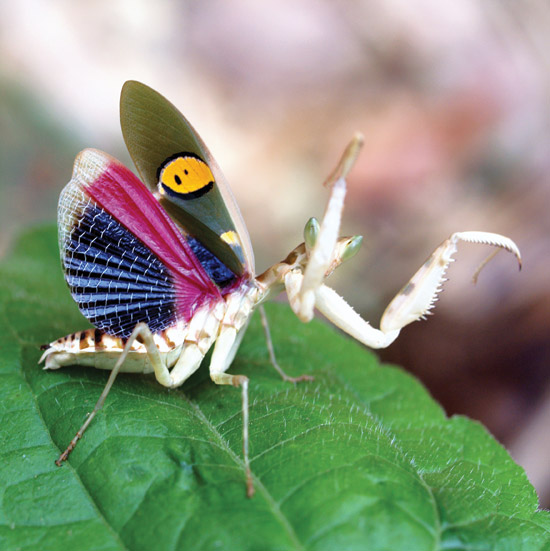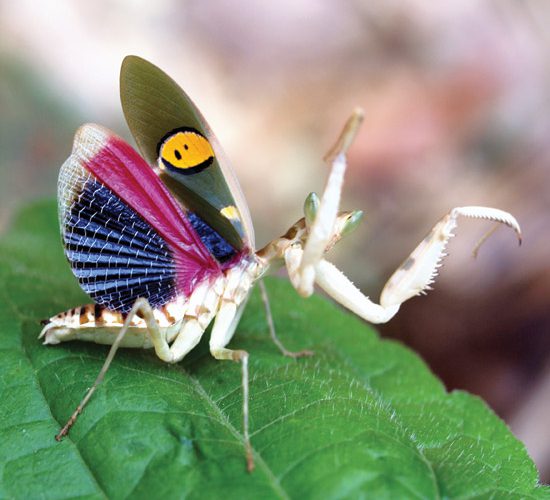(No.5, Vol.2 May 2012 Vietnam Heritage Magazine)
Compared to ‘flying flowers’, in nature, the insect is the group with the largest population. Lots of species have been named but many have not been discovered, published or named. The following are some spectacular species to be found in Vietnam.
Round-wing moth (Cyclosia papilionaris)
Called a moth, this species however often appears in the early morning. They enjoy their breakfast by sucking nectar of plants such as the goat weed (Ageratum conyzoides) or the Christmas bush (Chromolaena odorata).
Luxurious moth (Erasmia pulchera)
This species is very rare. They live at places over 1,200 metres in altitude and usually hide under tree leaves in the morning. Sometimes there are chances to see them in the morning when they join their nectar party on trees in the blossom season with other species of moth in Bidoup-Núi Bà National Park.
White-winged cicada (waiting for a scientific name)
While the sun is still asleep, at 1,000 metres on Bà ?en mountain (which is called the roof of Southeastern Vietnam), the white-wing cicada, which is waiting for a Latin name, welcomes the first sunlight and sings a romantic song.
Green-winged mantis (Creobroter germmata)
This species often lives above 1,000 metres and appear at the end of the rainy season. Although this is one of nature’s masterpieces, it is the number one assassin among the insects. The female green-wing mantis can eat the whole body of her lover right after their ‘happy moment’.
Blue-wing cicada (Polydictya sp.)
Very slow and easy to catch because they usually gather as group of six to ten individuals in convex parts of trees of the Dipterocarpaceae family. In the daytime, they crawl to tops of trees and sing together. When the sun begins to descend, they gather as small groups and silently go to sleep.
Red-abdomened cicada (Penthicodes variegata)
Don’t think you can catch them in your hands, because their sharp eyes are able to catch your smallest movements. This advantage gives them an incredible ability to escape from their natural enemies.
Elephant-trunked cicada with yellow wings (Pyrops sp.)
Only appear after some early rains of the rainy season and when darkness has covered the whole forest. This type of cicada lives mostly under the ground and when they have moulted, sung, mated and laid eggs, it means they have completed the job that nature has given. This species has the ability of fast bounding, so it is hard to catch and hard to photograph when they open their colourful sparkling wings and fly.
,,
,,

